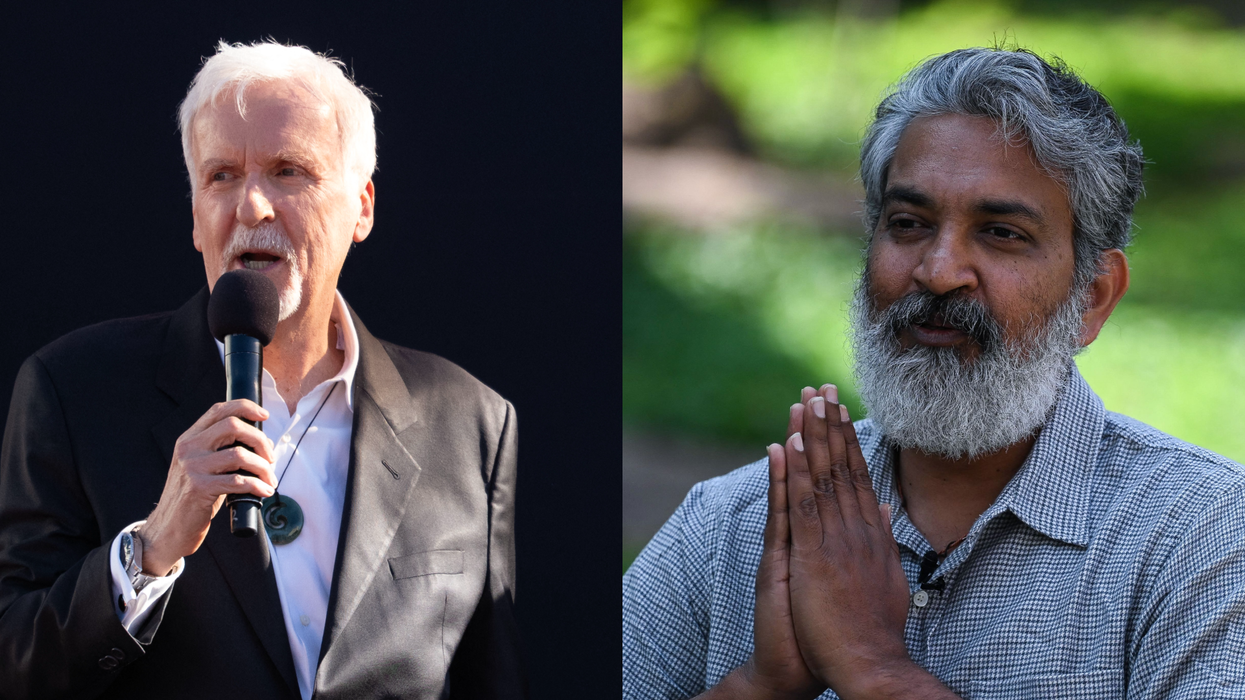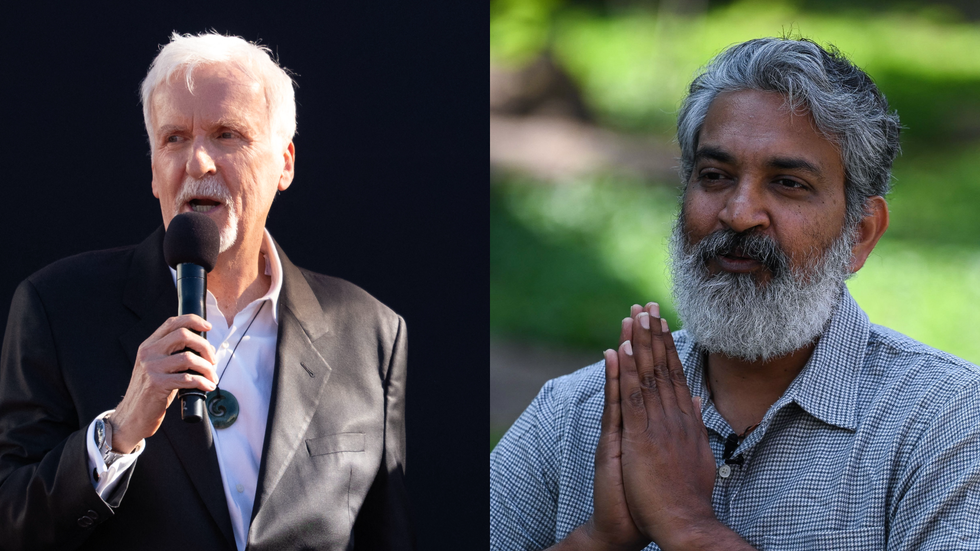Shaheer Shaikh, one of the most charming actors to have ever graced the small screen, is present on all popular social media platforms, but is he as much active on these platforms as his contemporaries from showbiz? His diehard fans would know the answer.
So, how does he manage to stay away from social media temptation? “Honestly, I try. I was discussing it with my director that day that even if you spend 10 minutes on social media, you are affected in some way. It can leave a negative impact on you because of many reasons. Anyone can write anything. So, we have to choose what we expose ourselves to. I chose to reduce it as much as I can. It is a blessing as well if we use it in the right way. I want to just spread love and put the right message out,” says the popular actor.
Shaikh further adds that he does use social media to get feedback on his work. “Of course, I look at it for feedback as well. I like to know what they are thinking of our craft, where we are lacking, where we can improve. It also gives us a lot of information. You have to decide for yourself how much and what information you want to consume and expose yourself to,” he shares.
When asked about the lesson that he learned during the entire lockdown period, Shaikh says, “I think I got a lot of time to introspect and spend more time with ourselves. What this pandemic has thought us is that whatever we are running behind is not important and we need to really cherish what is there. Being successful and mint money is not the only definition of endgame in life, and having a good life and spending time with people and spread love is what is important.”
Shaheer Shaikh can be currently seen on Star Plus’ popular daily soap Yeh Rishtey Hain Pyaar Ke. The show is ending in a couple of days from now.





 James Cameron offers to film sequences for SS Rajamouli’s 'Varanasi' during production Getty Images
James Cameron offers to film sequences for SS Rajamouli’s 'Varanasi' during production Getty Images 






